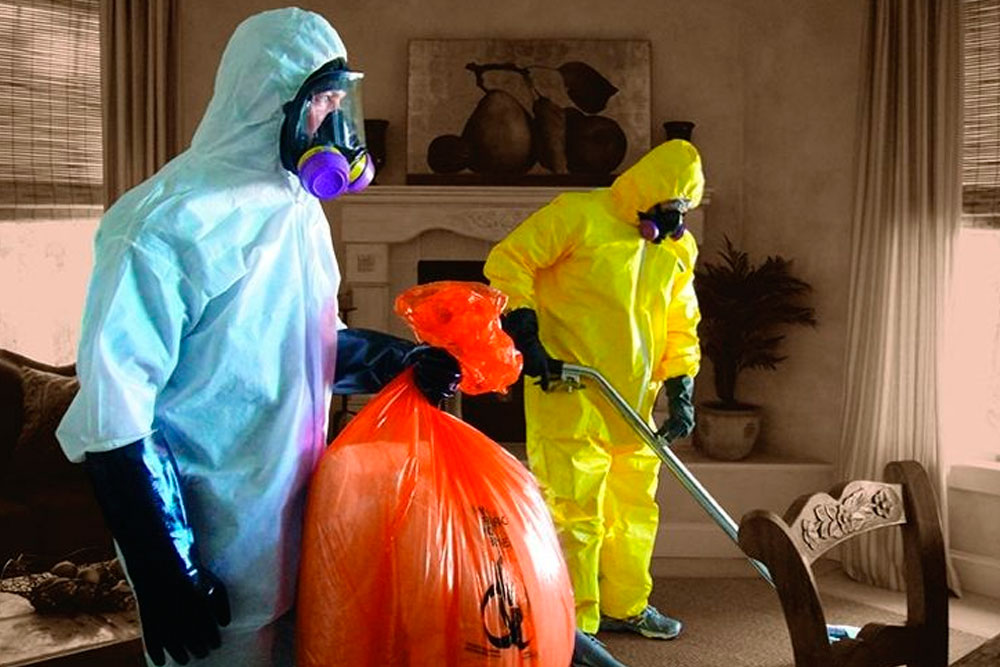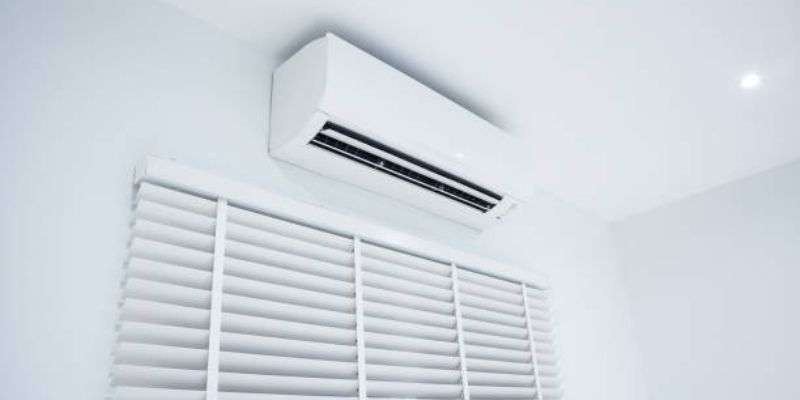How To Dispose Of Biohazard Waste
We must manage waste to protect our environment and ourselves. Some waste is more dangerous than regular trash. Hazardous waste disposal is crucial for things like medical waste, used needles, and other risky materials. These types of waste are called biohazard waste, and if we don’t dispose of them properly, they can harm people, animals, and the planet. This guide will help you understand how to safely handle hazardous waste disposal and keep our communities safe.
What is Biohazard Waste?
Biohazard waste, or “biomedical waste,” is any waste that can harm people. It contains dangerous or infectious materials. This type of waste may include things like:
- Used needles and syringes
- Blood-soaked bandages
- Soiled gloves or other protective equipment
- Lab samples that contain viruses or bacteria
- Pathological waste, like tissues or body parts
Biohazard waste is common in hospitals, clinics, and research labs. It may also be found in homes, especially if someone is managing a health condition. Since this waste can carry diseases, proper biohazard waste disposal is essential.
Why Is Hazardous Waste Disposal Important?
Improper disposal of biohazard waste can have serious consequences. Let’s look at a few reasons why safe hazardous waste disposal matters so much:
- Health Risks: Biohazard waste can carry germs that spread diseases. If someone comes into contact with these materials, they could get sick.
- Environmental Impact: Biohazard materials can leak harmful substances into the soil and water. This can affect plants, animals, and people.
- Legal Consequences: Laws in most places require that biohazard waste be disposed of properly. If businesses or individuals ignore these rules, they could face fines or even criminal charges.
Safe biohazard cleaning and disposal are necessary for public safety.
Steps For Safe Biohazard Waste Disposal
Below are the main steps that anyone handling biohazard waste should follow. These steps ensure the waste is disposed of safely and correctly.
1. Use Designated Biohazard Waste Bins
For safe hazardous waste disposal, it’s important to use bins made specifically for biohazard waste. These bins are usually red or yellow and have the biohazard symbol on them. They’re built to contain any spills and keep dangerous materials from leaking out.
- Seal it Up: After placing biohazard items in the bin, make sure the lid is tightly sealed. This helps prevent spills or leaks.
- Label the Bin: Labeling is very important so that everyone knows the bin contains hazardous materials. Most biohazard bins already come with labels, but double-check to make sure.
2. Hire A Certified Medical Waste Disposal Service
For large amounts of biohazard waste, it’s best to contact a certified waste disposal company. These companies have trained staff and special equipment. They safely handle hazardous waste disposal. Here’s how they can help:
- Collection Services: These companies will come to pick up the waste and safely transport it to a disposal facility.
- Treatment and Disposal: They have the technology to treat and dispose of biohazard waste without harming the environment.
If you have a lot of hazardous waste, hire professionals for biohazard cleaning. It’s often the best choice if you can’t manage it on your own.
3. Look For Local Drop-Off Options At Hospitals And Health Clinics
In some areas, hospitals and clinics offer biohazard waste drop-off programs. This option is for those with small amounts of hazardous waste, like used needles. It’s for those without the resources for full-scale hazardous waste disposal.
- Sharps Disposal: Many hospitals offer drop-off locations for used needles. They will take these items and dispose of them safely.
- Community Programs: Some cities have community programs that help people get rid of hazardous waste safely. You can check with your local health department to see if they offer this.
4. Follow Local Regulations And Guidelines
It’s important to know the rules in your area for biohazard waste disposal. Local laws can be very specific, and following them can keep you from getting fined or facing other penalties.
- Check With Local Health Departments: Most health departments have guidelines on how to handle hazardous waste. They can give you advice on how to properly dispose of biohazard materials.
- Follow Federal Guidelines: In addition to local rules, some countries have national guidelines for hazardous waste disposal. Following these can keep you on the right side of the law and help protect everyone.
What Not To Do With Hazardous Waste
It’s just as important to know what NOT to do with biohazard waste. Here are some big “don’ts” when it comes to hazardous waste disposal:
- Don’t Throw It In Regular Trash: Regular trash is not built to handle biohazard waste. Throwing it in with household garbage can put waste handlers, cleaners, and even neighbors at risk.
- Don’t Pour It Down The Drain: Some biohazard materials, like blood or chemicals, can’t go down drains. They can pollute water systems and cause harm to fish, plants, and people.
- Don’t Burn It: Burning biohazard waste can release dangerous fumes. This can make the surrounding air unsafe to breathe and is usually illegal.
Proper biohazard cleaning and waste disposal help protect the air, water, and people around us.
Additional Tips For Safe Biohazard Cleaning
Sometimes, you may need to do a little biohazard cleaning before you can dispose of waste. Here are some tips to make sure you’re handling it safely:
- Wear Gloves and Protective Gear: Biohazard cleaning can expose you to germs. Gloves, masks, and eye protection can keep you safe.
- Disinfect Surfaces: Use a strong disinfectant to clean any surfaces that have come into contact with biohazard waste. This reduces the risk of spreading germs.
- Double-Bag the Waste: For extra safety, place biohazard materials in one bag, then put that bag into a second one. This helps prevent leaks.
Biohazard cleaning requires care and attention to detail. Following these steps helps prevent contamination and keeps your environment safe.
What Happens To Biohazard Waste After Disposal?
Once biohazard waste has been collected, it goes through a treatment process. Here’s a look at what happens next:
- Incineration: Some biohazard waste is burned at high temperatures. This destroys harmful germs and breaks down materials safely.
- Autoclaving: This process uses heat and pressure to sterilize the waste. After autoclaving, waste can often be disposed of like regular trash.
- Chemical Treatment: Some biohazard waste is treated with chemicals to kill germs. This makes the waste safe to handle and dispose of.
These processes make sure that hazardous materials are dealt with safely and don’t pose a risk to people or the environment.
The Importance Of Safe And Responsible Biohazard Waste Disposal
Hazardous waste disposal is an important responsibility, especially for biohazard materials. If you’re a healthcare worker, a lab tech, or someone with biohazardous waste at home, follow these steps to dispose of it properly. Safe biohazard waste disposal helps protect our health, our communities, and our planet. So, use the designated bins. Consider professional services. Always follow local guidelines. Proper biohazard cleaning and disposal are key steps in keeping everyone safe.




